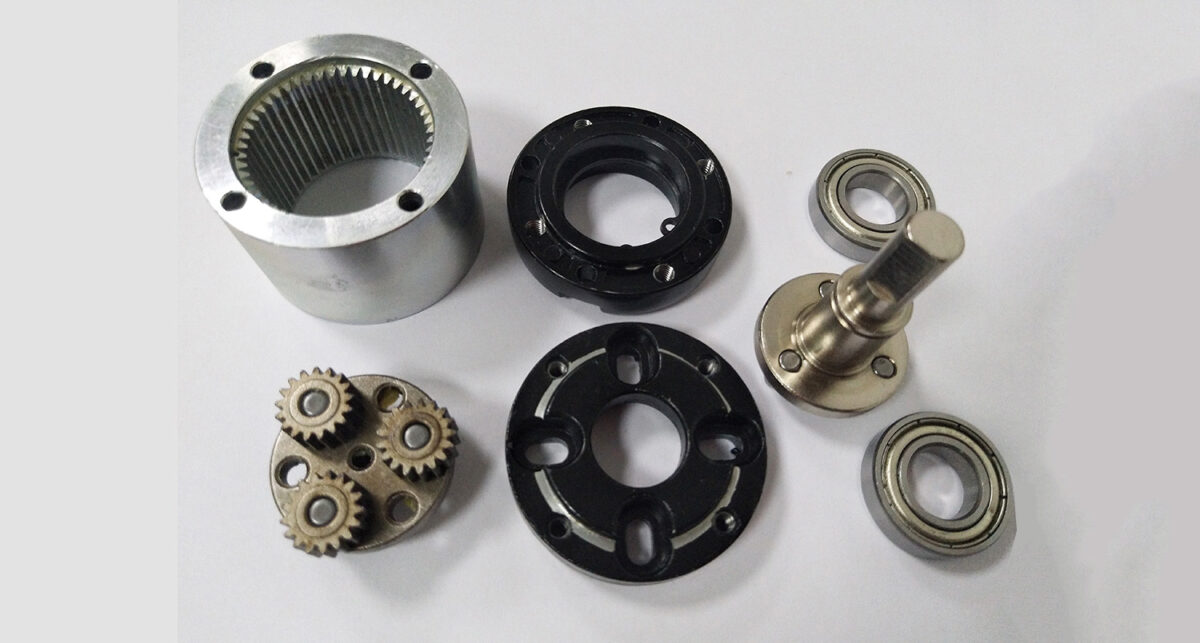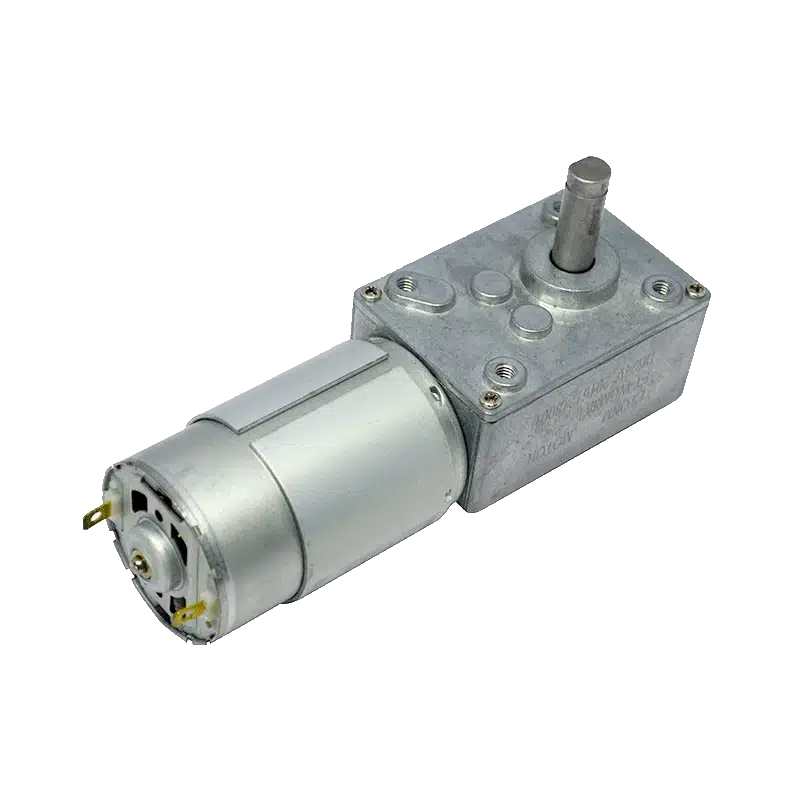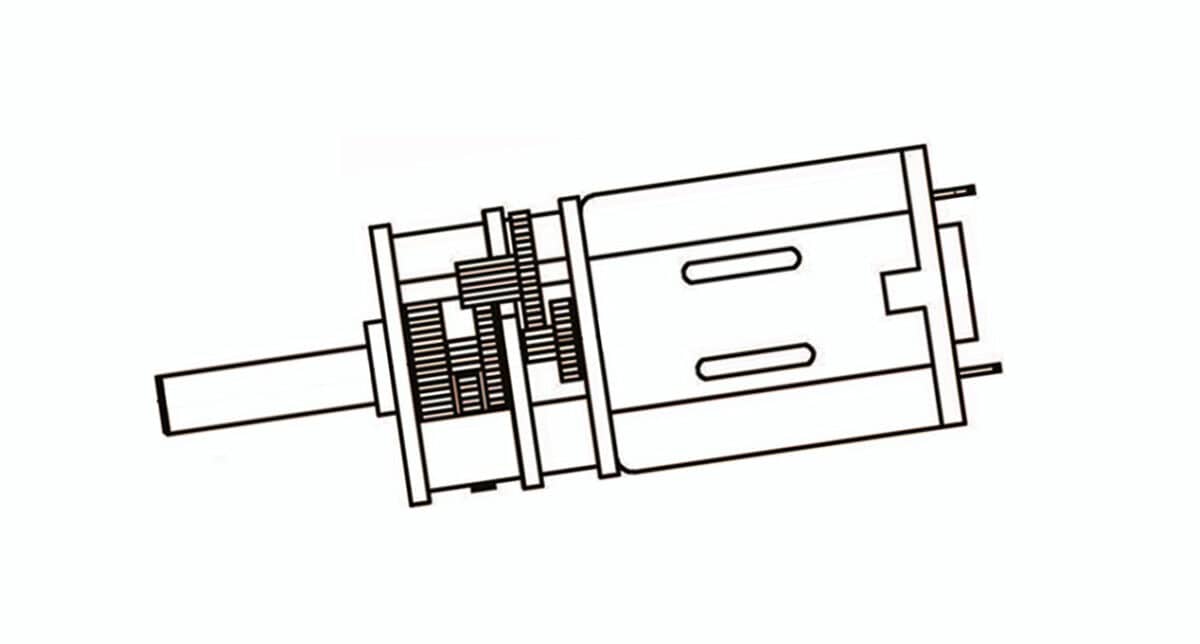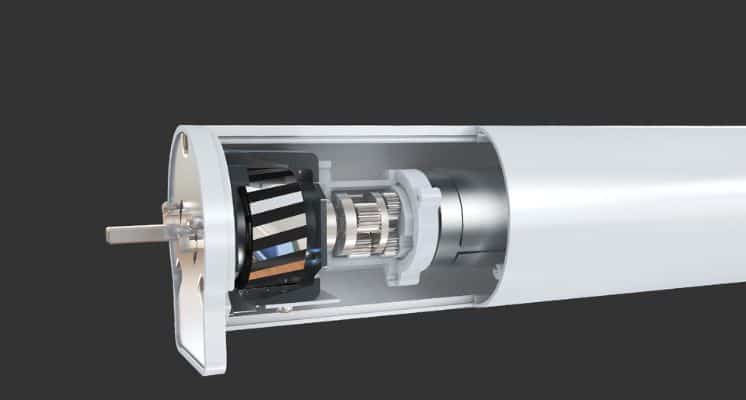The gear ratio, also known as the transmission ratio, is a fundamental concept in mechanical engineering and plays a crucial role in gear systems. Whether you’re designing a single-stage gear system or a complex multistage transmission, understanding how to calculate gear ratios ensures optimal performance and efficiency.
This guide explores the essential formulas and methods for calculating gear ratios, providing a clear explanation for both single-stage and multistage systems.
Basic Formula for Calculating Gear Ratio
The gear ratio i represents the relationship between the driving gear and the driven gear. It can be calculated using the following formulas:
i=n1/n2=D2/D1 ,i=n1/n2=z2/z1
Where:
- i represents transmission ratio or gear ratio
- n1 represents the speed of the drive gear (input gear)
- n2 represents the speed of driven gear (output gear)
- D2 represents the diameter of the driven gear
- D1 represents the diameter of the driving gear
- Z2 represents the tooth number of the driven gear
- Z1 represents the tooth number of the driving gear
These formulas show that the gear ratio can be determined using speed, diameter, or the number of teeth. Each method provides the same result, depending on the available data.
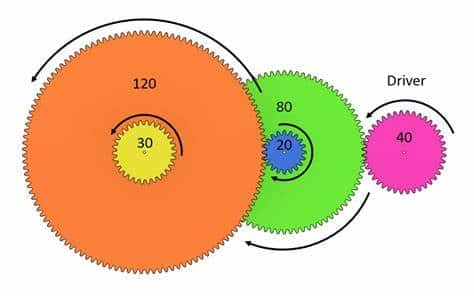
Calculating Gear Ratio for Multistage Gear Systems
In a multistage gear system, there are multiple pairs of gears between the input shaft and the output shaft. The transmission ratio between any two connected shafts is calculated using the basic formula above.
To find the total transmission ratio for a multistage system, the individual ratios of each gear pair are multiplied:
Total Transmission Ratio = (Z2 / Z1) × (Z4 / Z3) × (Z6 / Z5)
Alternatively, the formula can also be expressed using the speeds of the connected gears:
Total Transmission Ratio= (n1 / n2) × (n3 / n4) × (n5 / n6)
Example:
Imagine a system with three stages:
- The first pair of gears has a ratio of Z2/Z1=3/1
- The second pair has a ratio of Z4/Z3=2/1
- The third pair has a ratio of Z6/Z5=4/1
The total transmission ratio would be:
Total Transmission Ratio=3×2×4=24.
This result means that the output shaft rotates once for every 24 rotations of the input shaft.
Applications of Gear Ratio Calculations
Understanding how to calculate gear ratios is essential for optimizing the performance of mechanical systems. Accurate calculations ensure that gear systems meet desired speed, torque, and efficiency requirements. Common applications include:
- Automotive Transmissions: To achieve different speeds and torque levels for varying driving conditions.
- Industrial Machinery: For precise control of conveyor belts, robotics, and automation equipment.
- Smart Home Devices: Gears in motorized systems like blinds and security cameras rely on accurate ratios for smooth operation.
Click here to learn more about the applications of gear motors
Why Choose Etonm Motor for Gear Systems?
At Etonm Motor, we specialize in designing and manufacturing custom low RPM brushless motors, worm gear motors, planetary gear motors, flat gearbox motors, spur round gear motors, micro DC motors, and gearbox modules tailored to specific applications. Our engineering expertise ensures optimal gear ratio calculations and precise system performance.
Our Advantages:
- Comprehensive customization for gear ratios, motor parameters, and transmission modules.
- High-quality materials for durability and efficiency.
- Expertise in low-noise, high-torque motor solutions.
Whether you need help with a single-stage or multistage gear system, our team is ready to assist.
Conclusion
Gear ratio calculations form the foundation of any efficient gear system. By understanding the basic formulas and how to apply them to multistage systems, you can optimize the performance of your mechanical systems.
For custom gear and motor solutions, contact Etonm Motor today. Let us help you design the perfect transmission system for your application.

